|
Photophysics and Photochemistry of Transition Metal Compounds |
| Home Research Members Collaborations Publications |

|
Photophysical and photochemical properties of transition metal
compounds are increasingly being made use of in advanced technological
applications. It is thus of more than just academic interest to fully
understand the fundamental photophysical and photochemical processes,
such as laser-induced luminescence, intersystem crossing, internal
conversion, excitation energy transfer, light-induced electron transfer
etc, and the parameters which govern their rates and quantum efficiencies.
Our research interests are focussed on establishing relationships between structural, electronic and energetic parameters, and the dynamics of elementary radiationless processes at a molecular level. Spin-crossover compounds, three-dimensional metal-tris-oxalate networks and TTF complexes serve as model systems for their investigation. The experimental methods we use are optical spectroscopy in condensed media. This includes straightforward polarised single crystal absorption and luminescence techniques as well as time-resolved methods and advanced high resolution laser spectroscopy at cryogenic temperatures. |
A. Hauser et al.
|
Spin-crossover compounds and LIESST effect 
|
Excitation Energy Transfer and Energy Migration 
|
Light Induced Electron Transfer in TTF containing complexes 
|
Last modified 2017/11/13 by ES